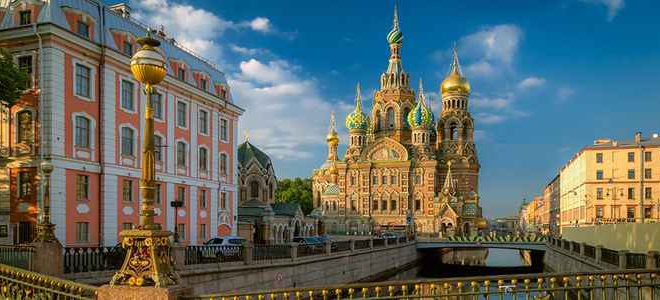Ecuador is too small to be a deal-breaker for OPEC. But when its oil minister Carlos Perez announced on 18 July that. needing cash. his country would sling its production quota and start lifting output again. it summed up OPEC`s problem.
When prices rise to compensate for output cuts. great. But Brent. at around $49 a barrel on 19 July. is 9% beneath its level when OPEC extended its deal at the end of May. If you think prices aren`t going to move much higher soon. then it`s rational to pump more while you can.
Other members itch to do the same. Iran and Iraq both strain at the leash. They and Angola both upped their output marginally in June. Saudi production also rose. though remains in line with its quota. The International Energy Agency calculates that compliance dropped to 78% in June compared with 98% in May. When Libyan. Nigerian and new member Equatorial Guinea`s production are rolled in. pricing agency Platts reckons OPEC was producing 0.6m b d above its ceiling last month.
The surprise is that OPEC`s compliance remained so high for so long. Past deals started to fall apart much more quickly. In January 2009. just a month after OPEC had agreed further cuts in Algeria. production was already 1.8m b d above the target. After 12 months. compliance was just 58%. At least Ecuador had the grace to announce its intent to ditch the deal publicly.
Saudi Arabia. still convinced that the cuts will do their job in clearing the OECD stock overhang by the end of Q1 2018. is now trying to persuade others to hold fast. It contacted Ecuador (which reiterated its commitment to help clear the inventory—but didn`t change its mind) and Nigeria (which is under pressure to agree a cap on its production growth) and has discussed other measures to keep the deal credible.
Russia. which plays host to OPEC`s Joint Ministerial Monitoring Committee in St Petersburg on 24 July. is lurking in the background. Its cooperation with OPEC was predicated on the group delivering its side of the bargain. OPEC did. But Russia`s producers—which also want to increase output—will watch the compliance drop with a keen eye. The kingdom knows that if Russia reneges then the agreement collapses. Prices would plummet.
For OPEC. that might be the most logical move: let the deal wither and allow prices to do the job of rationalizing (non-OPEC) supply. This is a popular idea among some in the Gulf. especially in Qatar. But a return to Naimism and the production free-for-all that followed the November 2014 OPEC meeting is not being considered in Riyadh (yet). Plan A still sees the market rebalancing over the next three quarters.
Yet to keep Moscow interested. Riyadh must do something to perk up the market. The first port of call in the past 18 months has been aggressive language (like oil minister Khalid al-Falih`s pledge to `do whatever it takes`). But the market has tired of the jawboning. A deeper cut in exports is reportedly under consideration—most likely to be achieved by not lifting production during the peak domestic summer crude-burn season. The premise is that OPEC must account for the rise in Libyan and Nigerian supply in recent months. Saudi Arabia is the only producer with the will or means to make room for that oil.
Another move would include some risk. The market would welcome real signs that supply (exports) and not just production was coming down. But any price rise would motivate drillers in the US. threatening the rally. A drop in Saudi supply would also remove heavy barrels—but the glut is of light oil.
Still. if managed carefully—including a firm pledge to stick with the end-Q1 deadline for the cuts—trimming exports now would tighten balances through the rest of 2017 but build expectations of an OPEC supply onslaught in Q2 2018. In theory. this should induce backwardation in the forward curve. OPEC needs that. because otherwise tight oil producers can keep banking on higher prices next year.
If it is to act. OPEC should do it quickly. probably explaining the new policy tweak in St Petersburg next week. As Ecuador`s decision shows. the cutters need a reason to keep cutting and stick with the plan. either signs of price recovery or evidence the deal is doing more than just subsidizing non-OPEC`s production revival.

 Iran Energy News Oil, Gas, Petrochemical and Energy Field Specialized Channel
Iran Energy News Oil, Gas, Petrochemical and Energy Field Specialized Channel



